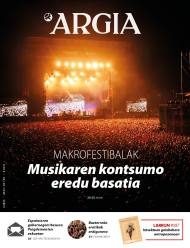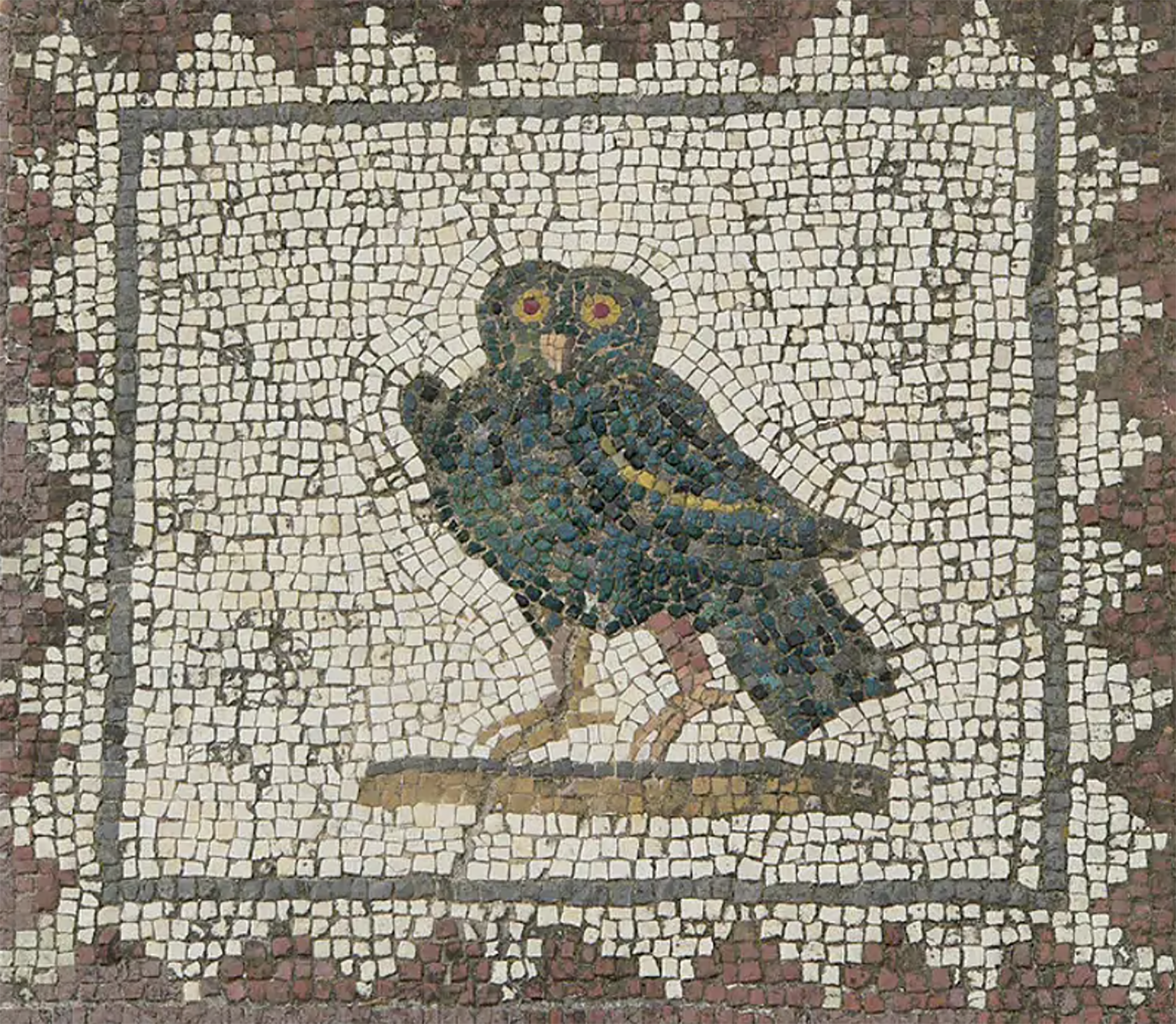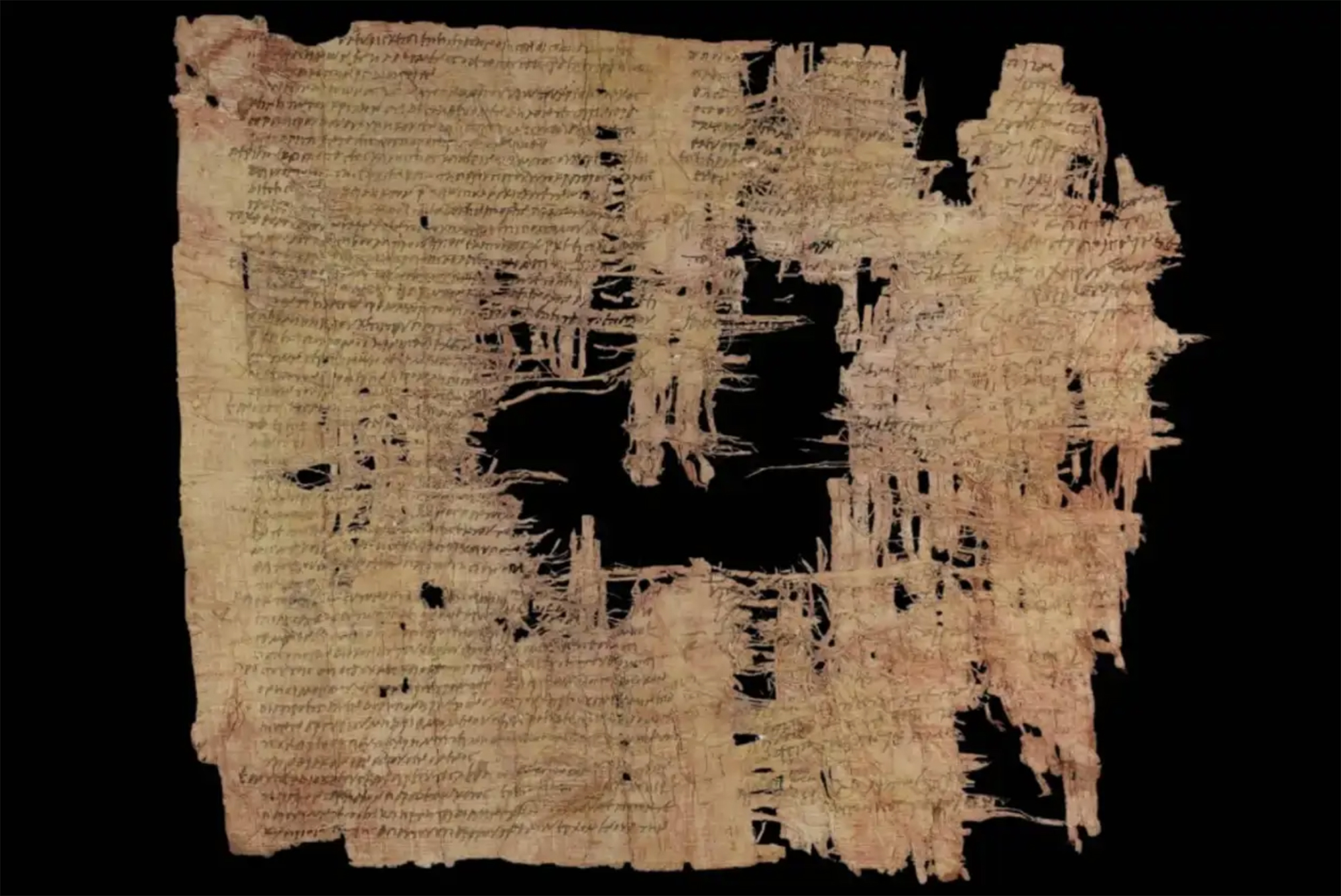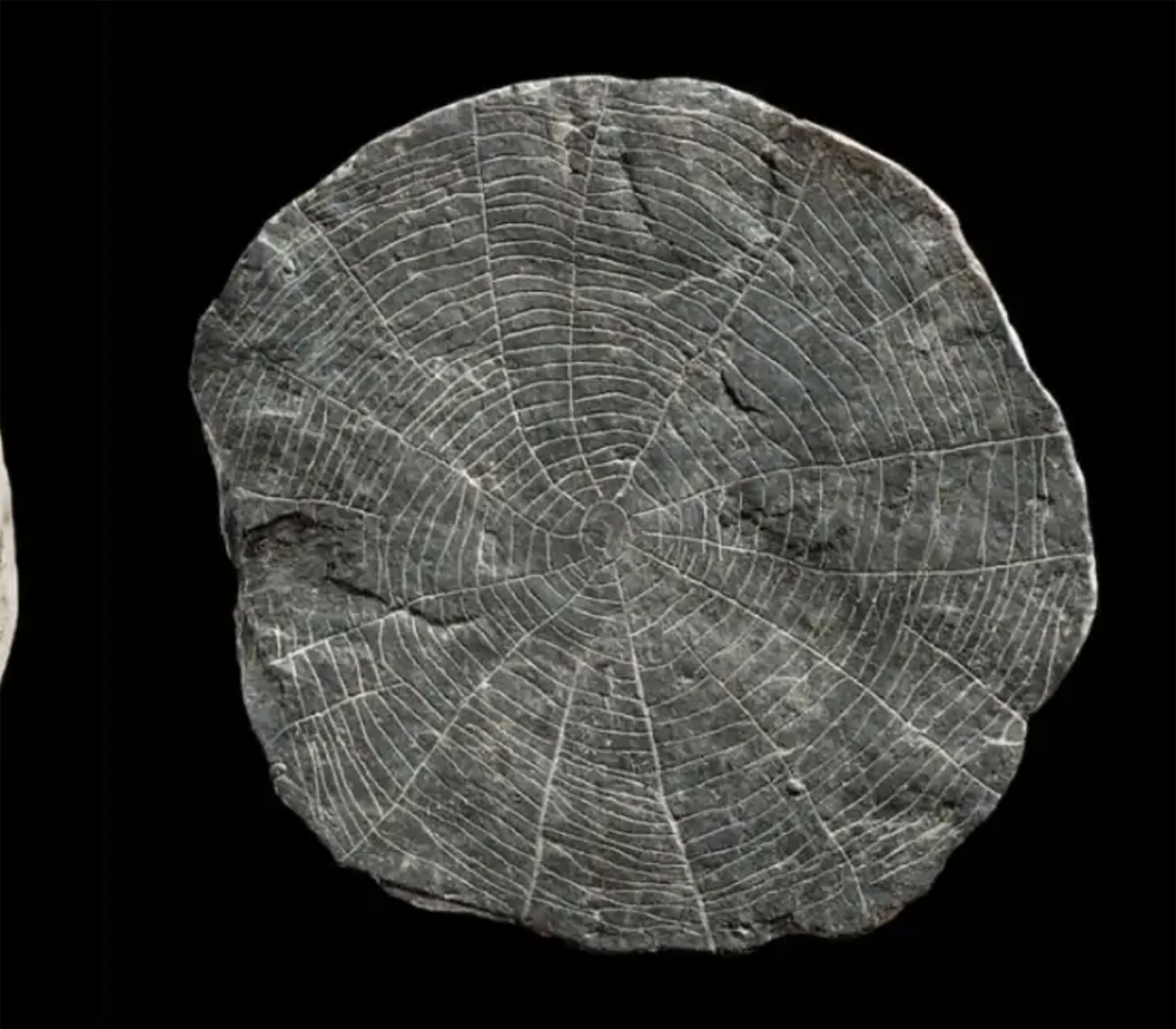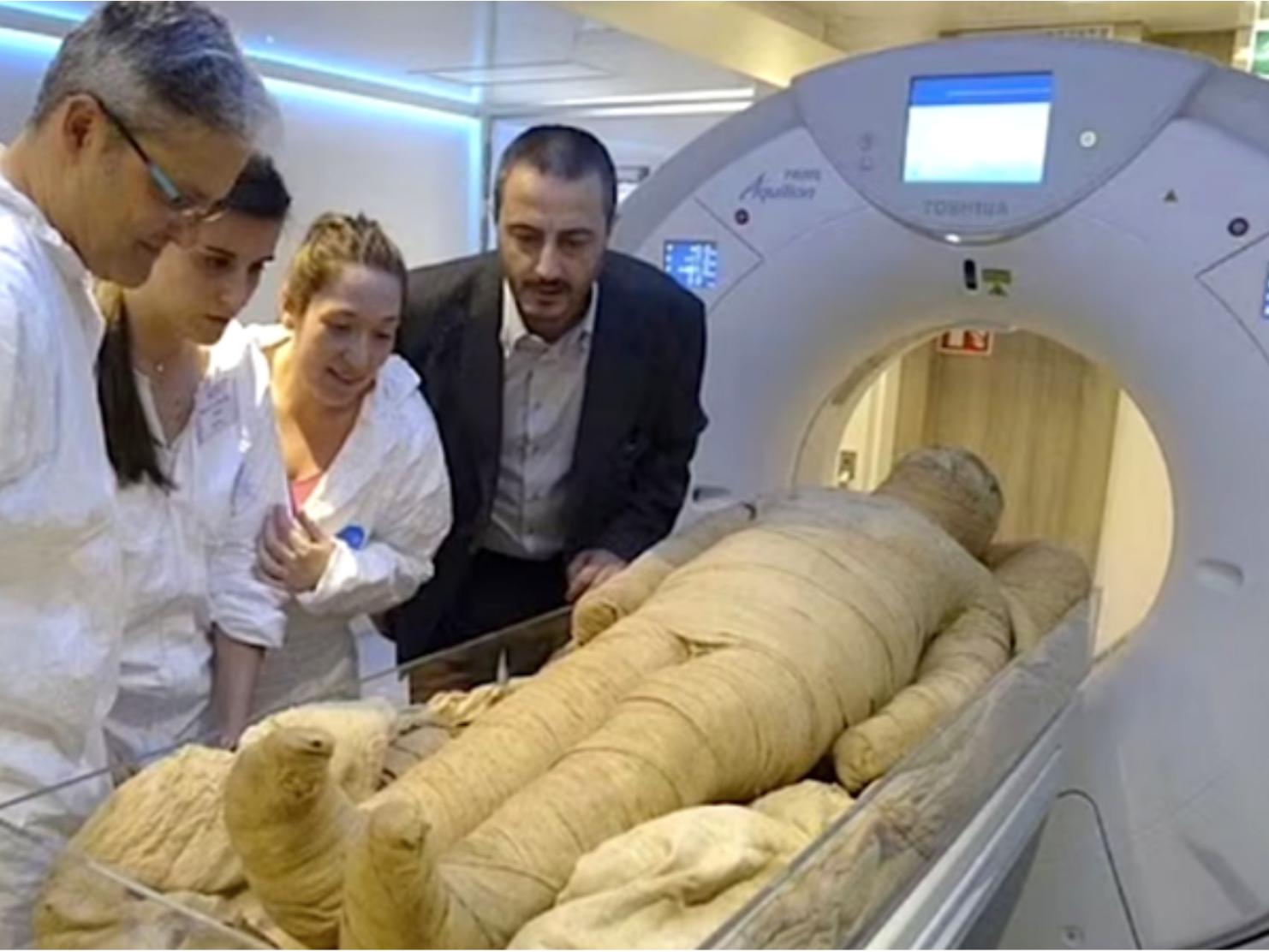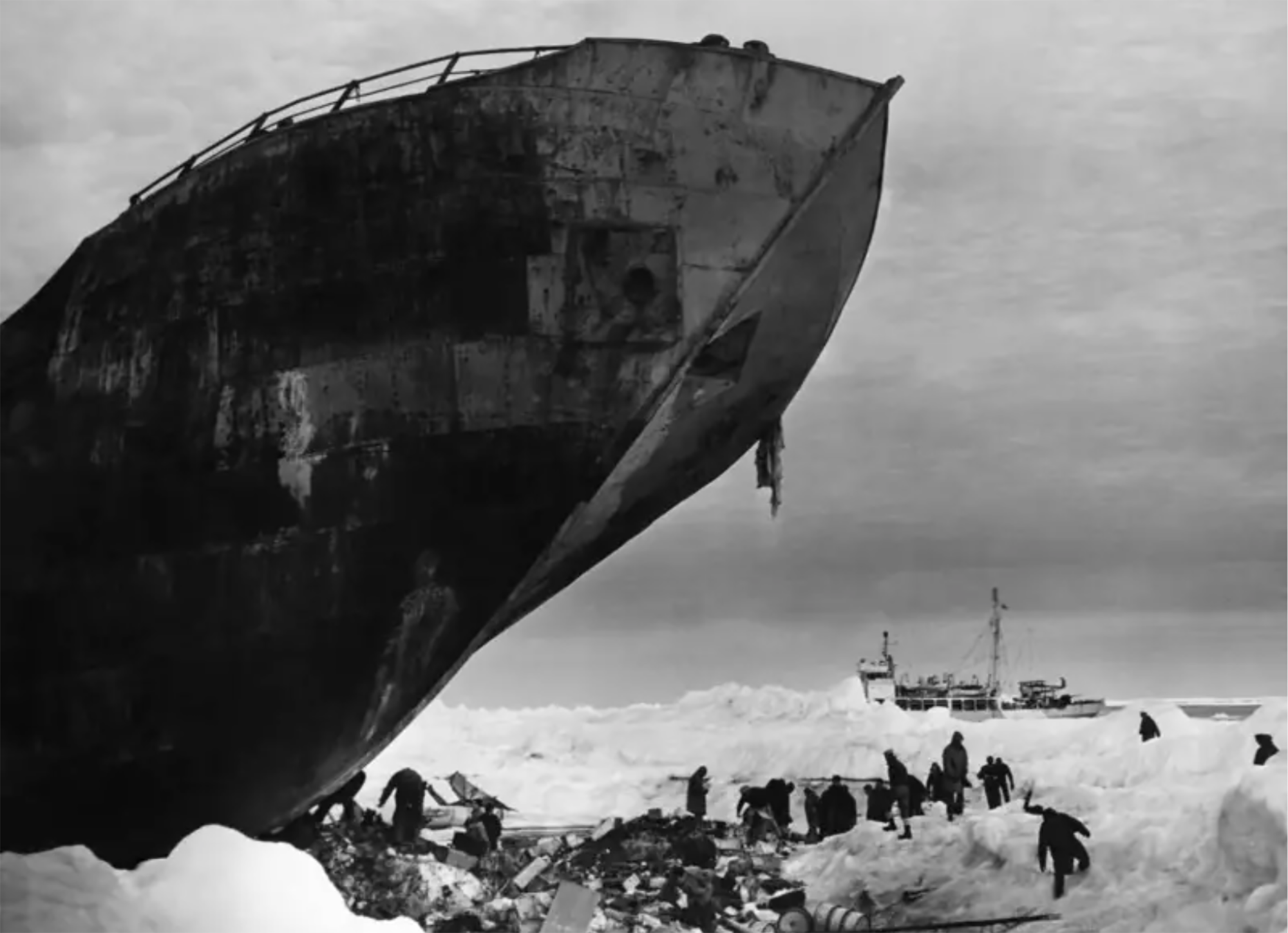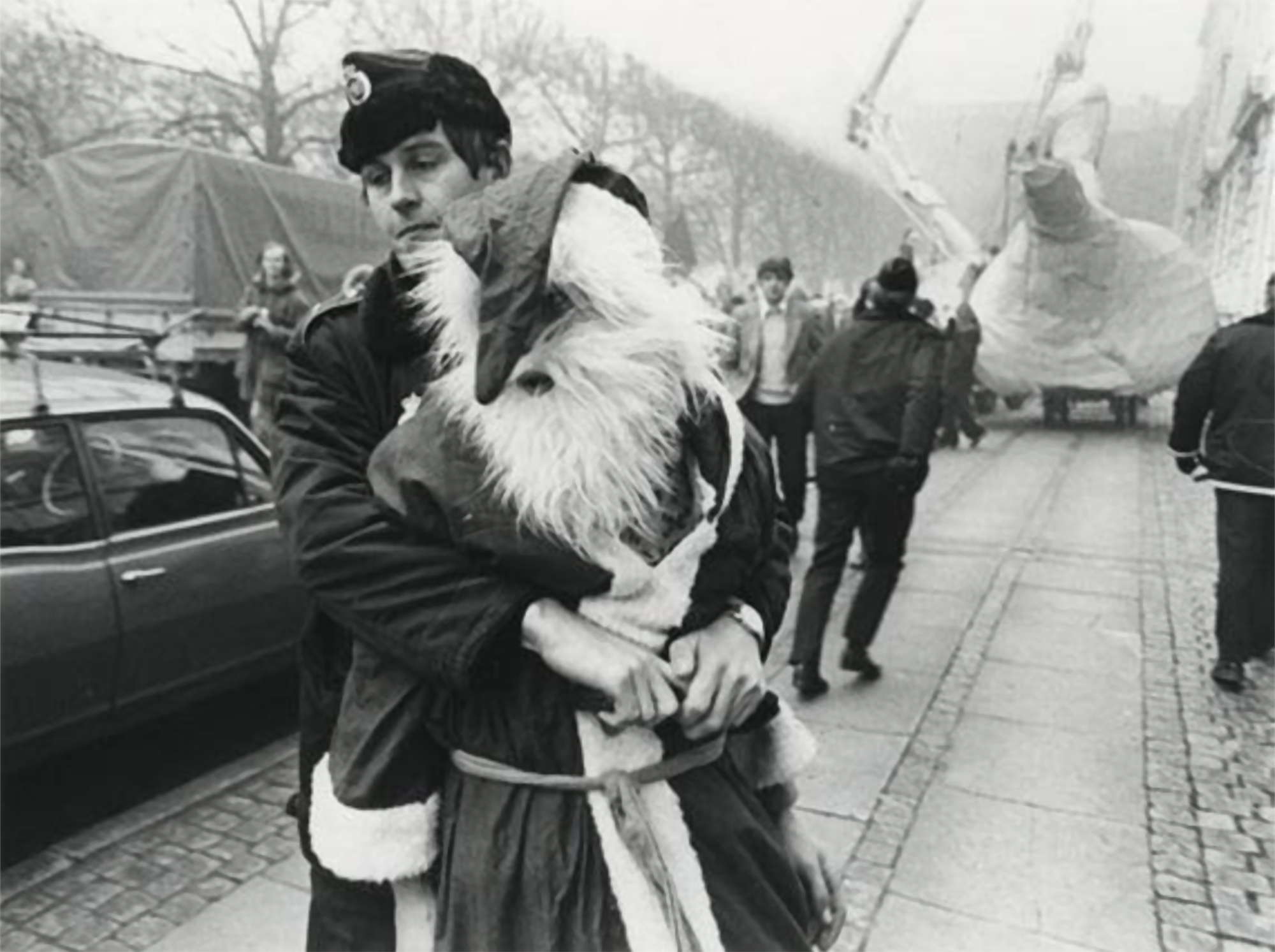Head of the Copper Age and Present Prejudices
- The south of the Iberian Peninsula 4,900 years ago. A prominent member of the community was buried surrounded by luxury objects and in a tomb built exclusively for him. The remains of the deceased were found in the Sevillian field of Valencina in 2008 and, after the first studies, concluded that they were the remains of a man between 17 and 25 years of age.
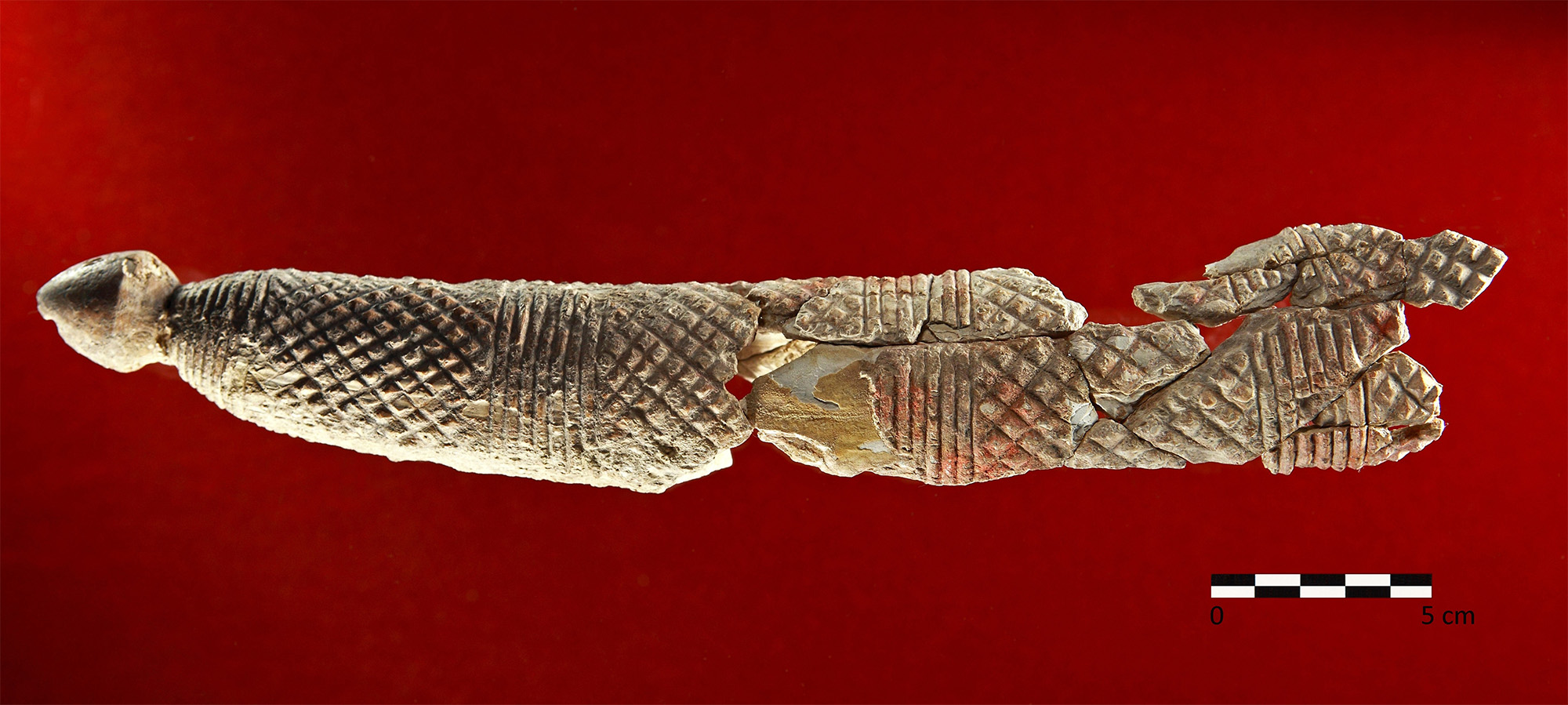
They soon realized that the individual was a prominent member of the community, as he was buried only in a chamber and in the Copper Age they buried the dead in a group. They also observed that for 200 years the area was a space of burial and worship, but that in 35 meters around the grave no one had been buried. So they believe that for at least 8-10 generations the community kept their memory.
The new scientific technique “represents a great leap in our knowledge of prehistoric societies, especially with regard to women and children, which we have traditionally and unfairly placed in the background”
There was no doubt that he was a high-status person. In addition, few tombs of children of the Copper Age have been found and no special objects have been found in them. This means that at that time the status did not come from the blood and that the person smoked in Valencina did it on his own. The valuable and curious objects found in the tomb also indicate their importance: the teeth of the African and Asian elephants, the amber that came from Sicily, the high-quality volcano, the ostrich egg shells, the rock crystal leaf and a dagger with ivory mango…
Researchers from the University of Seville, in collaboration with experts from Vienna (Austria), have recently conducted a more rigorous study of the traces of the leader of the Copper Age, with innovative techniques. In particular, dental enamel proteins of the deceased have been studied sexually dimorphic and the surprising result has been published in the journal Scientific Reports: The special person buried in Valencina was a woman. And they call her Lady of Mariz.
In the words of Marta Ribbons Peña, one of the authors of the research, the new scientific technique “represents a great leap in our knowledge of prehistoric societies, especially in the case of women and children, who have traditionally and unjustly placed themselves in the background”. The discovery has highlighted the need to rethink the role of women in the past and the prejudices that researchers have today.
Poloniar ikerlari talde batek Sevillako Italica aztarnategiko Txorien Etxea aztertu du, eta eraikinaren zoruko mosaikoak erromatar garaiko hegazti-bilduma xeheena dela ondorioztatu du.
Txorien etxean 33 hegazti daude mosaikoetan xehetasun handiz irudikatuta. Beste... [+]
Judea, 2nd century AD. In the turbulent atmosphere of the Roman province, a trial was held against Gaddaliah and Saul, accused of fraud and tax evasion. The trial was reported on a 133-line paper in Greek (pictured). Thinking that it was a Nabataean document, the papyrus was... [+]
Vietnam, February 7, 1965. The U.S. Air Force first used napalma against the civilian population. It was not the first time that gelatinous gasoline was used. It began to be launched with bombs during World War II and, in Vietnam itself, it was used during the Indochina War in... [+]
Archaeologists have discovered more than 600 engraved stones at the Vasagård site in Denmark. According to the results of the data, dating back to 4,900 years ago, it is also known that a violent eruption of a volcano occurred in Alaska at that time. The effects of this... [+]
Japan, 8th century. In the middle of the Nara Era they began to use the term furoshiki, but until the Edo Era (XVII-XIX. the 20th century) did not spread. Furoshiki is the art of collecting objects in ovens, but its etymology makes its origin clear: furo means bath and shiki... [+]
In an Egyptian mummy of 3,300 years ago, traces of Yersinia pestis, the bacterium that caused the Justinian plague in the 6th century and the Black Plague in the 14th century, have just been found.
Experts until now believed that at that time the plague had spread only in... [+]
Greenland, the end of the 10th century. The first Scandinavian explorers and settlers arrived on the island. But by the 15th century these settlements had been abandoned and the original Inuit remained. But in 1721, the missionary Hans Egede organized an expedition and the... [+]
In 2017, Indonesia and the Netherlands signed an agreement to return the heritage stolen by the European country because of colonialism for three centuries. The Indonesian responsible for the return process, Gusti Agung Wesaka Puja, explained that this agreement "was important in... [+]
Greece 1975. The country began the year as a republic, three weeks earlier, in the referendum on 8 December 1974, after the citizens decided on the end of the monarchy.
A decade earlier, in 1964, when King Paul I died, his son Constantine took the throne at the age of 23.
But... [+]
Copenhagen, 18 December 1974 At 12 noon a ferry arrived at the port, from where a group of about 100 Santa Claus landed. They brought a gigantic geese with them. The idea was to make a kind of “Trojan Goose” and, upon reaching the city, to pull the white beard costumes... [+]
Tennessee (United States), 1820. The slave Nathan Green is born, known as Nearest Uncle or Nearest Uncle. We do not know exactly when he was born and, in general, we have very little data about him until 1863, when he achieved emancipation. We know that in the late 1850s Dan... [+]
New York, 1960. At a UN meeting, Nigeria’s Foreign Minister and UN ambassador Jaja Wachucu slept. Nigeria had just achieved independence on 1 October. Therefore, Wachuku became the first UN representative in Nigeria and had just taken office.
In contradiction to the... [+]
Researchers at Johns Hopkins University have discovered several cylinders with inscriptions at the present Syrian Reservoir, the Tell Umm-el Marra. Experts believe that the signs written in these pieces of clay can be alphabetical.
In the 15th century a. The cylinders have... [+]
London 1928. At the Victoria and Albert Museum there was a very special painting: in the painting there is a black man, with wig and Levite, surrounded by books and scientific instruments. Thus it was catalogued in the Museum: “Unique satirical portrait representing a failed... [+]
Ethiopia, 24 November 1974. Lucy's skeleton was found in Hadar, one of the oldest traces of human ancestors. The Australian hominid of Australopithecus afarensis is between 3.2 and 3.5 million years old.
So they considered it the ancestor of species, the mother of all of us. In... [+]







